Gardening Tips for Survival
Becoming prepared for disaster includes creating a self-sustaining source of food that can last you well over the long term.
You see, it doesn’t matter how much food you store in the basement because there’s always the possibility that it will run out before things return to normal. And, if you tell yourself that you can just hunt all the wild game you want in the woods, the truth is that’s not a very reliable option either because thousands if not millions of other people are going to be doing exactly the same thing.
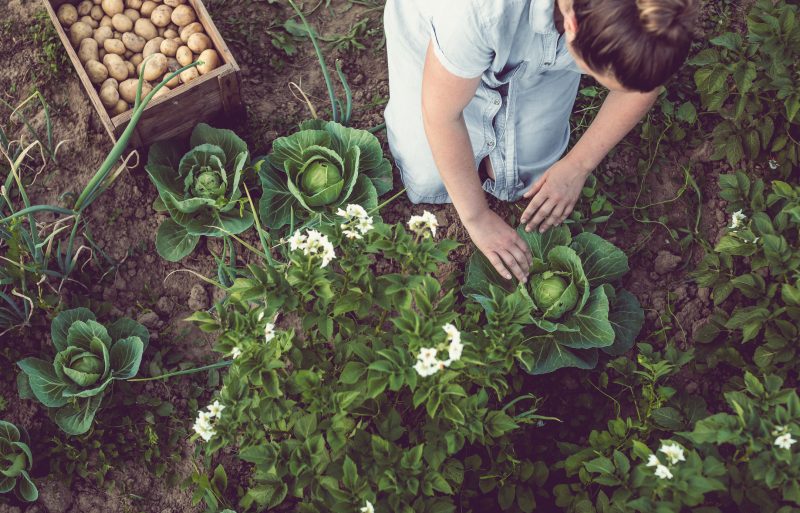
Simply put: growing a garden of crops is one of the most surefire ways to ensure that you always have food over the long term.
This article will serve as an introduction to the topic of survival gardening by walking you through the steps that you will need to follow:
HAVE ADEQUATE GARDENING SPACE AND EQUIPMENT
First of all, you need to actually have enough room to plant. Rocks, debris, and weeds will need to be cleared away, and you’ll need at least six inches of soil (twelve inches would be vastly preferable for the best results).
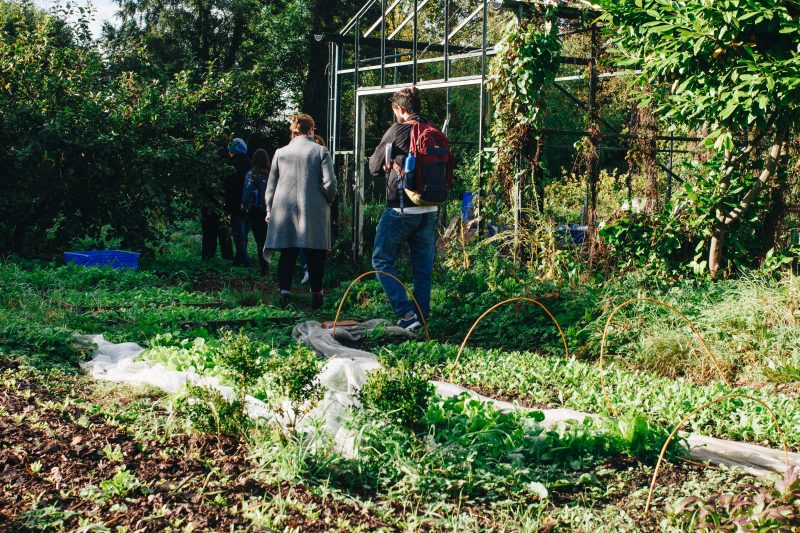
You will also need to choose a place that is adequate for gardening. Besides having enough room, it also needs to have enough sunlight. If you’re going to be creating an indoor garden because having an outdoor garden isn’t feasible for you, you’ll need to have UV lights instead.
It’s also critically important for you to invest in high-quality soil as well, and you should do research to determine if any of the crops you are considering growing require a specific kind of soil to thrive in. Otherwise, normal potting soil should be sufficient.
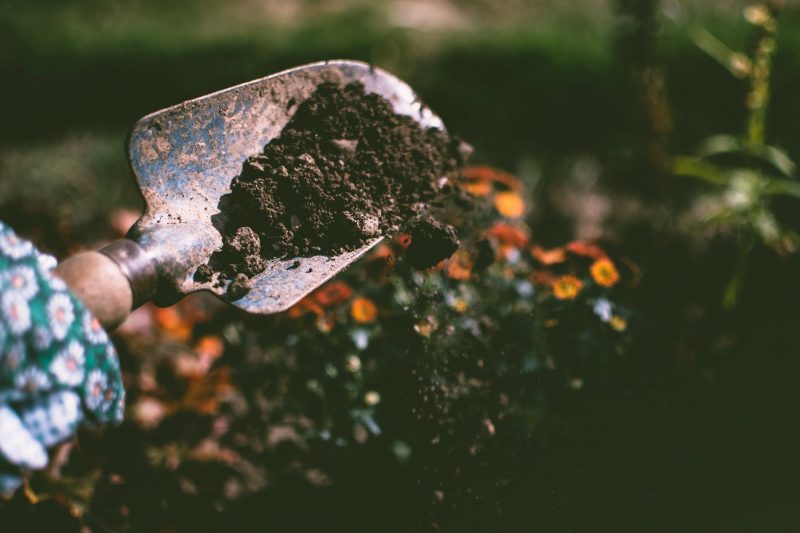
Last but not least, you’re going to need to invest in high-quality fertilizer to enrich your soil. Assuming that the soil you are using is not already rich in nutrients, you’re going to need to add organic matter yourself, which you can do in the form of old manure, grass, compost, and decayed leaves.
That being said, commercial fertilizer may be the best way for you to fertilize your garden. Yes, it is more expensive, but it’s higher quality as well. At least keep a few bags of it on standby even if you’re going to be taking the organic route.
CHOOSE YOUR CROPS
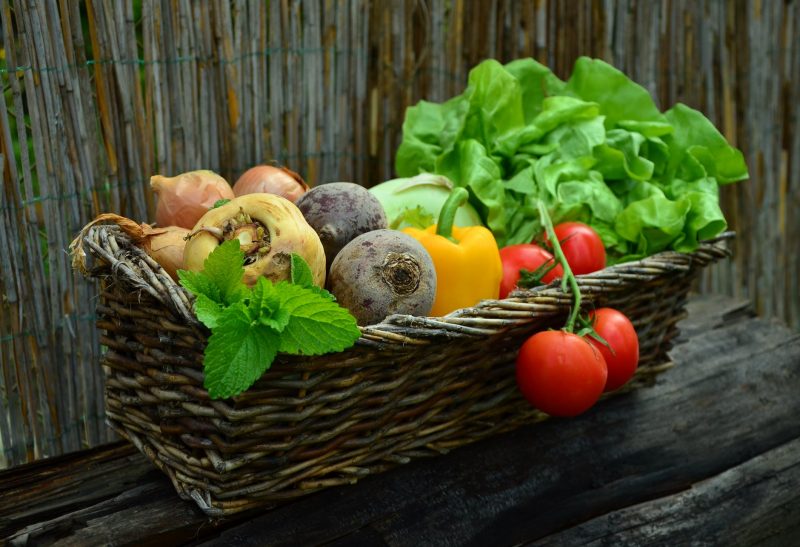
The next step is to select the actual crops that you will be raising in the garden. You’ll want to be very careful about the crops that you choose because some will do better or worse in your chosen environment. Also, you should research which crops you choose to put together (look into companion planting).
Here is a quick overview of some crops that should be available for you to grow and some basic information about them:
Beans – beans are easy to plant and require very minimal space in contrast to other crops. They also provide you with a lot of calories when consumed, and these factors together make them a survival staple. Just make sure that you go with bush beans over pole beans.
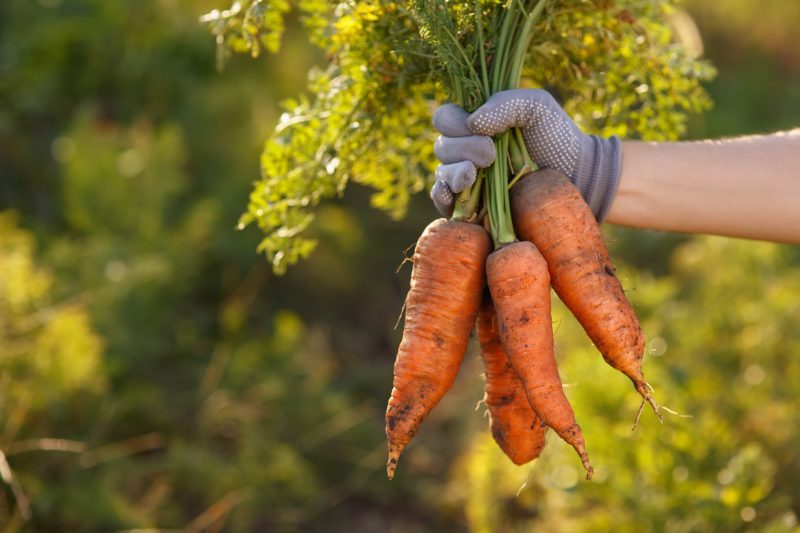
Carrots – carrots, like beans, are also very easy to grow and require little space, at least above ground.
Corn – corn can be grown both indoors and outdoors (contrary to the beliefs of many who believe that it’s an outdoor crop only), and it only takes up a significant amount of space vertically rather than horizontally. Grain corn will be better than sweet corn as it stores much better.
Kale – kale lacks calories but still contains a high number of vitamins and nutrients, both of which will make it a valuable addition to any survival garden.
Lettuce – the main benefit of lettuce is the fact that it can be grown in the cold months of the year as long as it is in containers. On the flip side, it offers few calories and therefore cannot be counted upon as a staple food.
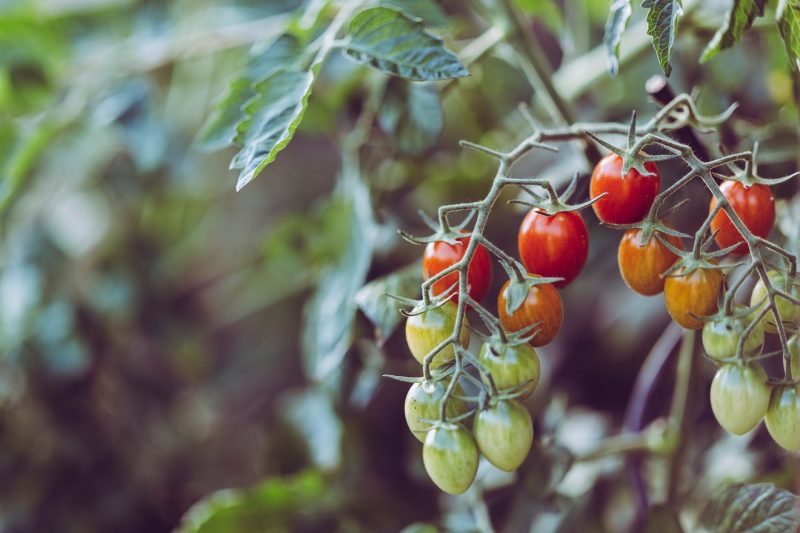
Tomatoes – tomatoes are a great choice for growing in the summer but not so much for the winter. One of their big benefits is that they provide a very large yield.
WATER
You’re obviously going to need plenty of water for your plants as well. The only potential issue here is that in a disaster scenario, you may find yourself in a grid down disaster where the water supply is shut off.
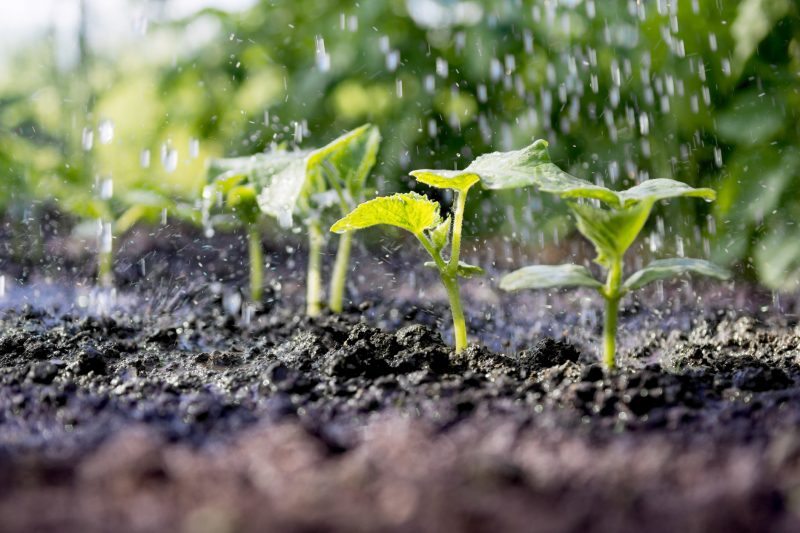
If this happens, the only water you may have available for your plants is either the rain (which obviously you can’t control) and what you have stored. Just keep this in mind when you store water as part of your disaster preparations.
STORAGE
Last but not least, you will need somewhere to store all of your plants as you pick them. The best location to store them will be indoors – preferably either in the basement or in a root cellar.
The ideal location is dim and dark and also indoors. NEVER store your crops outdoors after picking them.
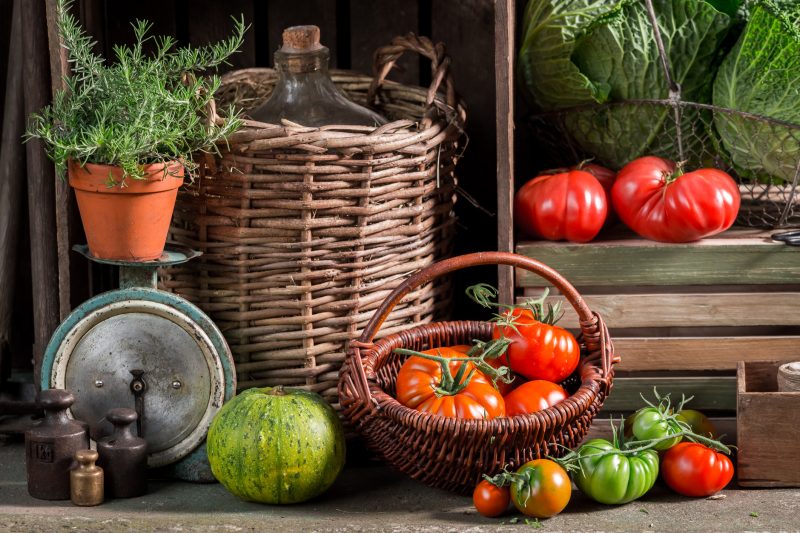
Since freezing is also not a reliable option for storing them (the freezer will be knocked out by a power grid down from an EMP attack or anything else), the next best option will be to can your crops instead.
CONCLUSION
Obviously, there’s a lot more information out there on gardening for survival, but the tips and steps that we have covered here today should give you an idea of the process that you will need to follow.





